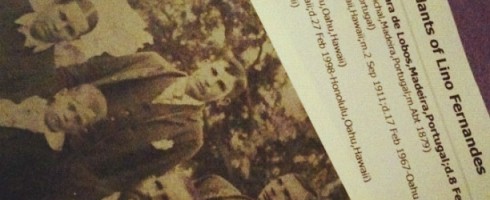Last week while attending the “Genealogy Help in Hawaii” seminar, it was shared that the Mission Houses Museum and the Hawaiian Mission Children’s Society is making a call to their 8,000 missionary descendants to come forward and take a page each in the ‘Ike Kū‘oko‘a — Liberating Knowledge Hawaiian newspaper transcription project. The organization is making a world-wide public call for volunteers to assist with taking 60,000 digital scans of Hawaiian-language newspapers that were printed from 1834 to 1948 and transcribe them into searchable typescript. Of the 125,000 pages originally published, 75,000 have been found and made into digital images, and 15,000 of those images have been typescripted. Our goal is to make the whole collection word-searchable.
Sign up today at Awaiaulu.org and encourage others to do the same. The organization has an aggressive goal of completing the project by summer 2012 which will require 200,000 volunteer hours. One of the other attendees at last week’s seminar has been involved with this project for some time and said that at the rate the project had been moving it would take 30 years to complete… this call for more volunteers is in direct response to moving this project forward in a timely fashion.
Over 125,000 pages of Hawaiian-language newspapers were printed in more than a hundred different papers from 1834 to 1948. They equal a million or more typescript pages of text – perhaps the largest native-language cache in the western world. They became an intentional repository of knowledge, opinion and historical progress as Hawaiʻi moved through kingdom, constitutional monarchy, republic and territory, yet only 2% of that repository has been integrated into our English-speaking world today. ‘Ike Kū’oko’a is a dynamic move to change that percentage and to open up this resource for general access today.
Registration was simple and I’m so excited – eagerly awaiting my “reserved page” to start.




